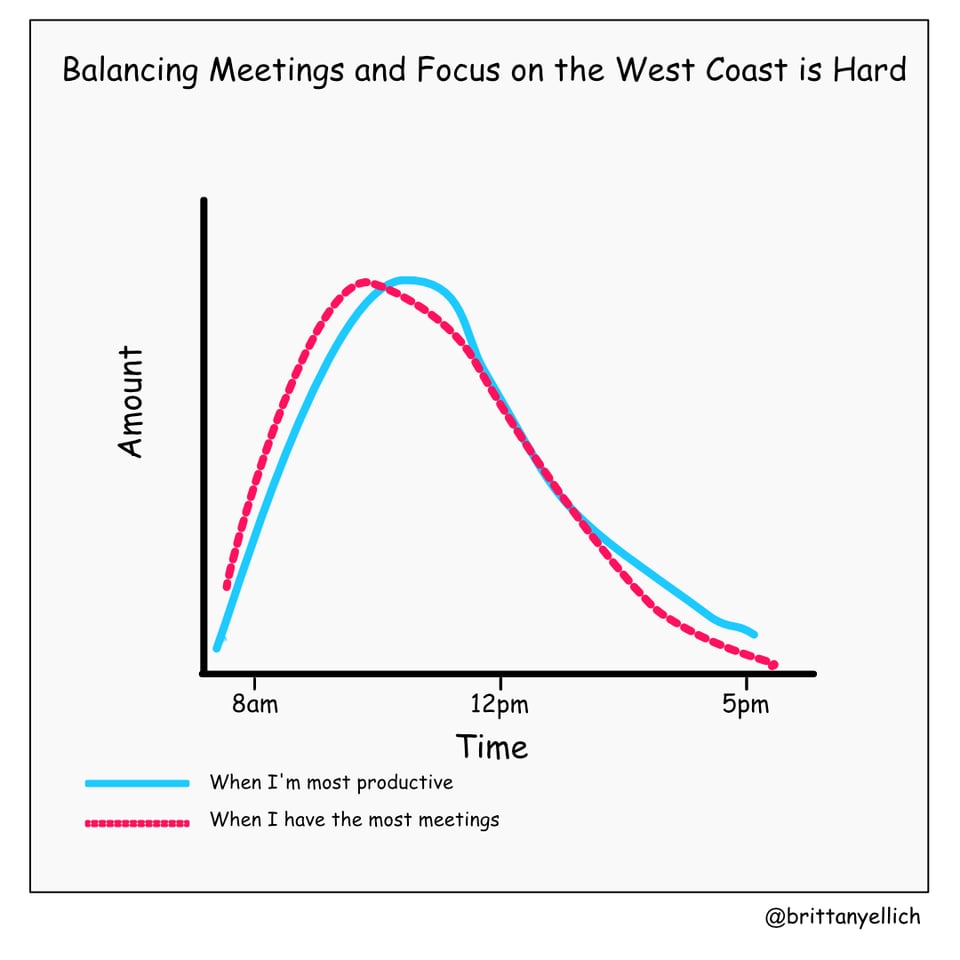Visibility: Internal Visibility
February Theme: Visibility
This month, we're diving into the topic of visibility—a key aspect of building your career and influence as a software engineer. Visibility is how much attention you attract to yourself, your work, and your contributions. It influences your career trajectory, helps you build relationships, and opens doors for new opportunities.
While it may sound simple, visibility is a strategic tool, not just for personal growth but for shaping how others see you within your organization. This month, we’ll focus on internal visibility—how you can be seen, heard, and valued within your workplace.
What is Visibility?
Visibility can be the difference between getting a new project or promotion and being overlooked. It’s not about boasting, but about ensuring that your contributions are recognized. Visibility allows you to:
Build influence
Advance in your career
Find networking opportunities
Maintain job security
Develop your personal brand
Think of it as navigating "The Game"—an often subtle set of workplace dynamics that shape career progression. Some people dislike it, but if you want to grow within your company, you'll need to engage with it at some point. The game exists whether you play or not, so why not take control of how you're perceived?
Visibility on Your Team
The foundation of visibility is doing your job well. For software engineers, that means consistently delivering quality work—shipping features, fixing bugs, and meeting deadlines. If you aren't doing this yet, focus on this before moving on to any other steps.
“We only get value from finishing projects. Time spent getting work finished is always time well spent.”
— Will Larson, Staff Engineer
Once you’re meeting the expectations of your current role, you can begin increasing visibility by helping others on your team. High-performing teams attract larger projects and opportunities, and being part of one boosts everyone's profile, including yours.
Helping your teammates can take many forms—pair programming, sharing tips, or simply helping someone troubleshoot a problem. Building camaraderie and offering support will elevate both your team's performance and your visibility.
However, be mindful not to become the “glue” that holds everything together. Sharing non-technical responsibilities can empower others to grow and take on leadership roles too, leveling up your entire team.
“You can always have more visibility within your organization, but at some point, increasing your visibility is likely reducing the opportunities for others to create visibility for themselves. Internal visibility is not strictly zero-sum, but it’s constrained by the attention of the folks you want to see your work.”
— Will Larson, Staff Engineer
Visibility with Your Manager
Your manager is one of the most important stakeholders in your career growth. Building a strong relationship with them is crucial. However, they may not be aware of everything you're working on, especially if you’re focused on getting things done without drawing attention to it.
“Many software engineers assume their manager must know the work they do, but this isn’t the case. Your manager has lots on their plate, and won’t review every pull request you do, and especially won’t know that you spent half a day helping a colleague debug an issue.
So tell them! This is why regular 1:1s matter.”
— Gergely Orosz, The Software Engineer's Guidebook
To make sure your manager knows your contributions, be proactive. Share your accomplishments in your regular 1:1s. I’ve found that adding a "What I'm up to" section to my 1:1 notes helps my manager stay informed about everything I'm working on—both the visible and behind-the-scenes tasks. This can include things like:
Pairing with a colleague to help solve a tough problem
Volunteering for initiatives outside of your core job
Learning something new that improves your skills
Additionally, consider maintaining a "brag doc"—a running record of achievements, feedback, and progress toward career milestones. Julia Evans popularized this idea, and I’ve found it invaluable. It makes it easy to show my manager all of the items that I'm contributing towards my career ladder and helps me with writing my self reviews. At review time, I can quickly reference my brag doc, saving time and ensuring I highlight my key contributions.
Visibility Beyond Your Team
Once you've established visibility within your team and with your manager, it’s time to extend your reach beyond your immediate group. This could mean participating in cross-team initiatives, contributing to internal documentation, or hosting demos to share your team's work.
At companies with an async-first culture like GitHub, this often involves creating content that can be viewed at any time that showcases your contributions. Writing documentation, making video demos, or presenting at our monthly Day of Learnings can all help raise your profile and increase your internal visibility.
Getting involved in broader company activities—community groups, book clubs, or mentoring—also helps increase visibility. And if your company lacks such opportunities, consider creating them!
The Deep Dive
If you're interested in delving deeper into building internal visibility, I highly recommend reading The Software Engineer's Guidebook by Gergely Orosz. It’s packed with practical advice for software engineers at all levels of the career ladder and can help you navigate the subtle dynamics of visibility in the workplace.
Thank you!
If you’ve made it this far, then thank you! I appreciate you taking the time to read this, and I’d love to know your thoughts on it! Tag me on Bluesky or send me an email to tell me what you think!
Here’s a silly web comic I made this week:

Add a comment: